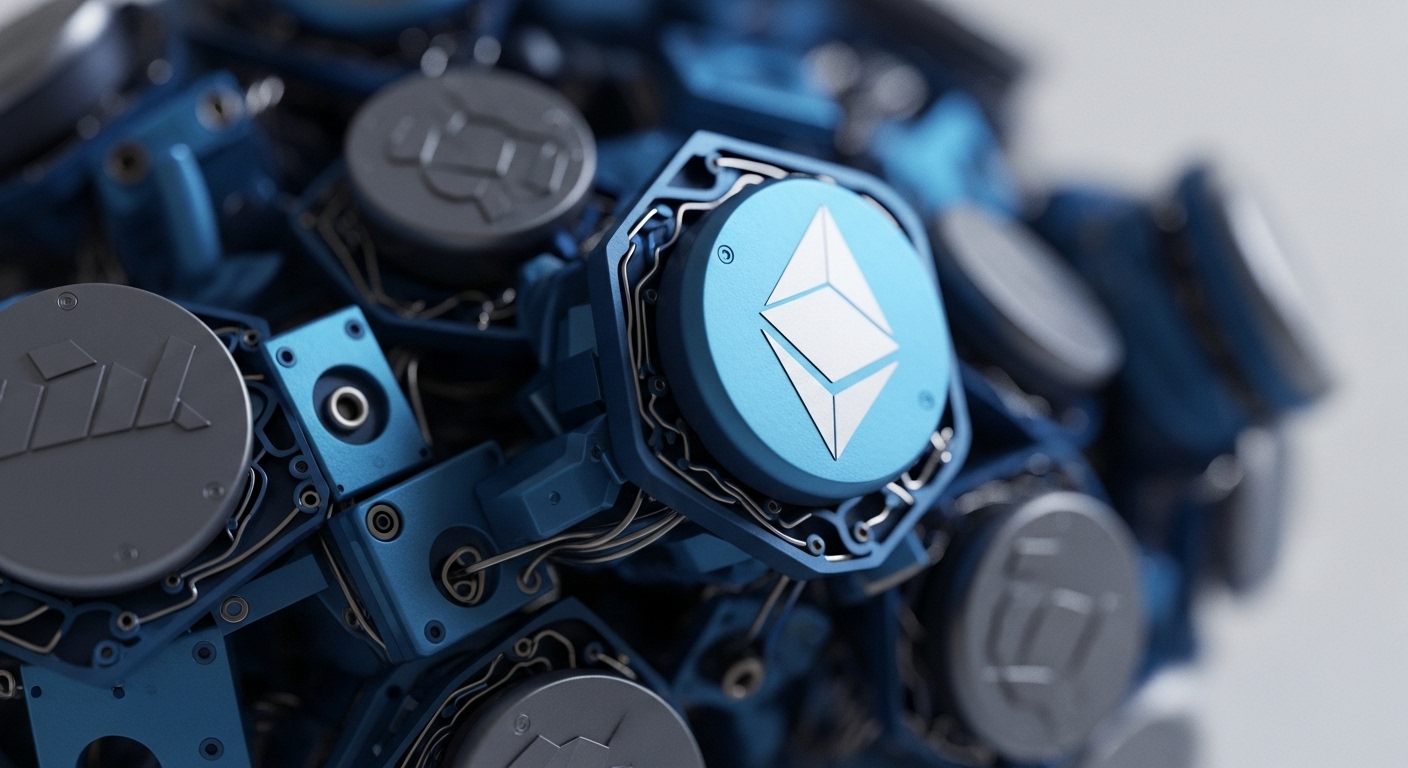
Briefing
The Ethereum Foundation has launched the Ethereum Interop Layer (EIL), a new protocol designed to unify the increasingly fragmented Layer 2 (L2) ecosystem. This core infrastructure primitive fundamentally alters the user experience by implementing a “wallet-centric” approach, allowing users to interact with the entire L2 landscape as a single, unified network. The primary consequence is the elimination of complex bridging and divided balances, which significantly reduces user friction and abstracts away the underlying multi-chain complexity. This technical architecture is already available for testing and is expected to accelerate developer adoption of new rollups, with the protocol’s initial demonstration showcasing a trustless, one-click USDC transfer between Arbitrum and Base.

Context
The successful scaling of Ethereum through various rollup technologies created a critical user experience problem ∞ ecosystem fragmentation. Before the EIL, users were required to manually manage separate balances across different L2s, select and utilize complex bridges, and track asset locations, resulting in divided liquidity and a non-intuitive journey. This prevailing product gap forced both users and developers to dedicate significant resources to cross-network integration and asset management, which hindered overall dApp adoption and limited the composability potential inherent in the rollup-centric roadmap. The friction introduced by this multi-chain complexity represented a major barrier to onboarding the next billion users.

Analysis
The Interop Layer’s impact on the application layer is systemic. The protocol leverages the Account Abstraction (AA) method to enable users to sign a single transaction that executes trustless, cross-network operations. This specific system alteration means a user’s wallet becomes the single point of access, automatically consolidating balances and facilitating atomic swaps across L2s. For end-users, this translates to a “single chain” feel, where the technical reality of multiple rollups is entirely abstracted away.
For competing protocols and the developer community, this creates a new standard for composability. Developers can now focus solely on their core dApp logic, knowing that the EIL handles the cross-chain liquidity and asset transfer logistics. The introduction of this unifying primitive shifts the competitive moat from superior bridging technology to superior application-level product design and user incentives, accelerating the entire L2 ecosystem’s maturation toward a unified Superchain vision.

Parameters
- Core Mechanism ∞ Account Abstraction (AA) is the technical foundation enabling single-transaction, trustless cross-network operations.
- Primary User Benefit ∞ Elimination of complex bridging, allowing users to interact with all L2s as a single Ethereum network.
- Key Use Case Example ∞ Transferring USDC from Arbitrum to Base with a single, one-click wallet signature.
- Ecosystem Goal ∞ To restore unity to the fragmented L2 landscape without sacrificing decentralization or security.

Outlook
The EIL is positioned to become a foundational building block for the entire L2 ecosystem, analogous to the HTTP protocol for the early internet. The next phase involves the integration of this protocol by major wallets and dApp developers, which will validate its “wallet-centric” design. The innovation will be copied by competitors in other ecosystems; therefore, the speed of integration and network effects on Ethereum L2s is critical to establishing a defensible standard. This new primitive is set to unlock a wave of dApps that were previously infeasible due to cross-chain complexity, particularly those requiring real-time asset consolidation or multi-chain liquidity for complex financial products.

Verdict
The Ethereum Interop Layer is the decisive infrastructure primitive that finally solves L2 fragmentation, transforming a collection of disparate rollups into a unified, high-performance application environment.
